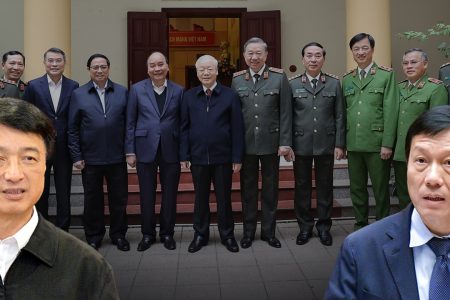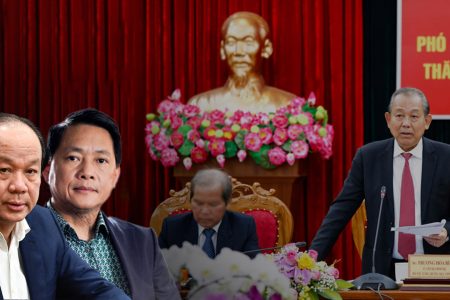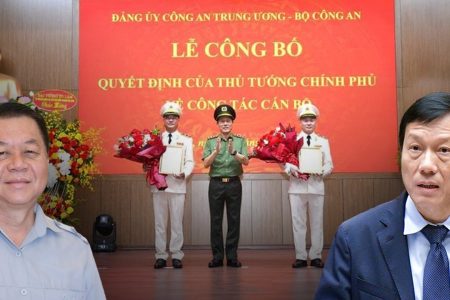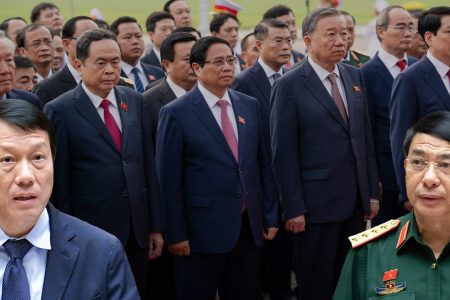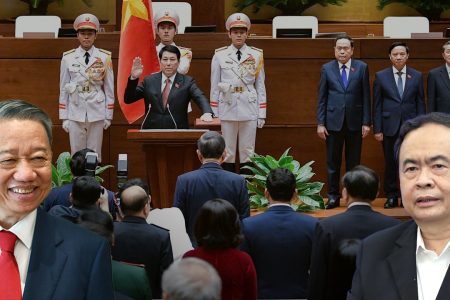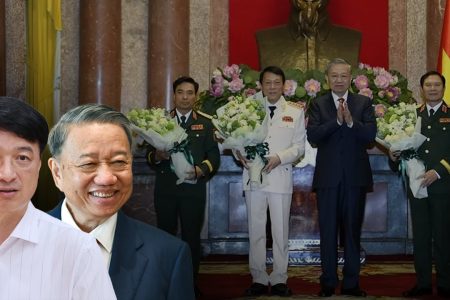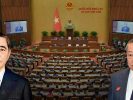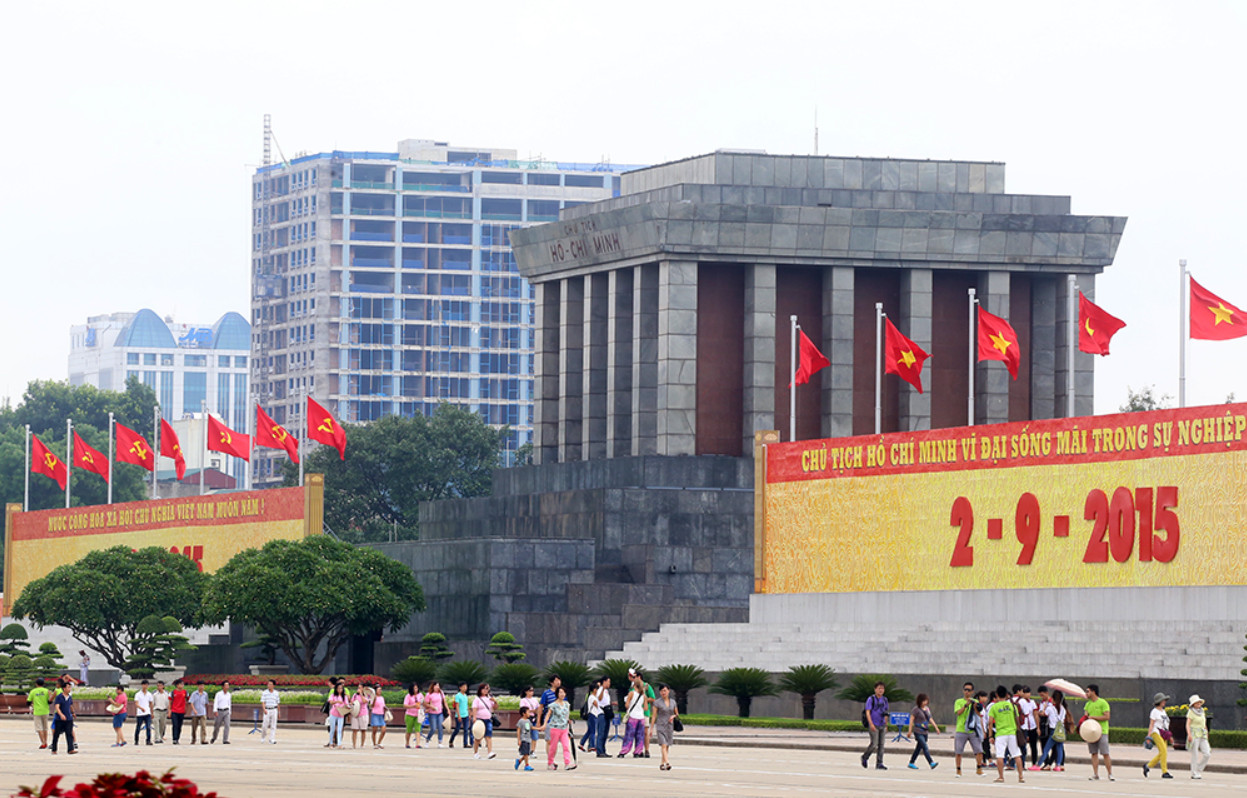
Violations of construction regulations in Vietnam are so regular and frequent in everywhere in the country.
Most recently, the story of a private building constructed without permission, located on Doi Can Street, Ba Dinh District, Hanoi, is said by public opinion to have been built close to the “Ba Dinh forbidden area.”
It is known that the building is owned by a famous “tycoon.” The public has interest in it because this project is located not far from the political center area in Ba Dinh Square with many headquarters of the regime’s agencies such as: Government, National Assembly, Presidential Palace, Ho Chi Minh Mausoleum, etc. It is a prohibited area, not allowed to build high-rise buildings because it is related to political security.
Imagine, in positions on the upper floors of surrounding buildings, snipers ambushed to assassinate important people and politicians visiting Ho Chi Minh Mausoleum, what would happen?
Most recently, Tuoi Tre newspaper on November 28 reported, “Report about Building constructed without permission in the middle of Ba Dinh district, Hanoi, requested.”
The news said:
“Regarding the case of a building with many violations of construction order on Doi Can street (Doi Can ward, Ba Dinh district, Hanoi), on November 28, the Office of the Hanoi People’s Committee said, has sent a document to the Department of Construction and the People’s Committee of Ba Dinh district, requesting to urgently inspect and handle violations (if any) according to authority and according to the provisions of law.”
For a long time, public has said that hundreds, even thousands of houses built illegally, with incorrect designs were discovered by the authorities, despite the state’s management process, from applying for a permit until completion of construction, it is said to be very strict.
So why, according to state media: “This illegal building began construction in early 2021, and has not been completed yet. A few days ago, people saw in the press that the license was issued for 1 basement, 1 mezzanine, 7 floors, 1 penhouse, but the construction density was wrong; wrong ceiling; wrong extension of the penhouse, expanding the flower trellis and the shrine; The floors are built about 30 cm higher than the permit…”
A leader of the People’s Committee of Doi Can ward said, “… the local supervisory agency came to inspect, but the competent forces did not make a record of administrative violations, because if they had made a violation record, the homeowner must pay a fine and have the violating part removed.
For a long time, for civilians, just dumping a truck of sand or repairing a kitchen would immediately have officials coming to inquire. If the owner don’t give bribery, they will be in trouble forever, but if they give some money, everything’s over. Now, the situation has reached the point where construction projects are not only illegally built, but also threaten national security, but the local government does not care.
The story of the building in Doi Can is similar to the story 4 years ago, a high-rise building at 8B Le Truc, Hanoi had its top cut off. Le Truc project is only a few hundred meters from Doi Can building.
Project 8B Le Truc is a typical violation of construction order, and is also a frustration that has lasted for many years. Specifically, due to the “lax” management of functional agencies and local authorities, the investor built the project 1 floor above the construction permit, increasing the height by 15.89m; leading to an increase in construction floor area of nearly 7,000 square meters.
The violation took place since 2012, but it was not until the end of 2016 that phase 1 enforcement was completed, demolishing the 19th floor and attic of the building. Phase 2, with the request to demolish the 18th floor due to violating the height according to the construction permit, but after nearly 4 years, that is, until the beginning of 2020, it still stood still, despite the Prime Minister’s many times. issued a document directing Hanoi city to thoroughly handle the case.
Public sees that these things show that the state’s laws are being disregarded, or a situation where “the top say the bottom not to listen.” For the reason that, because the salary paid by the state is not enough to live, ignoring or abetting violations will be an opportunity to increase income for urban management officials at the ward and commune level. As for the state officials, they shared large amounts of “kickbacks” for large illegal construction projects, equivalent to their positions.
Former Deputy Minister of Natural Resources and Environment Dang Hung Vo affirmed:
“I think it’s completely unreasonable for the grassroots authorities to say they don’t know. Here, there must definitely be a phenomenon called interest groups, between the government at a certain level and investors, there has been fraudulent behavior.”
Thoibao.de (Translated)




